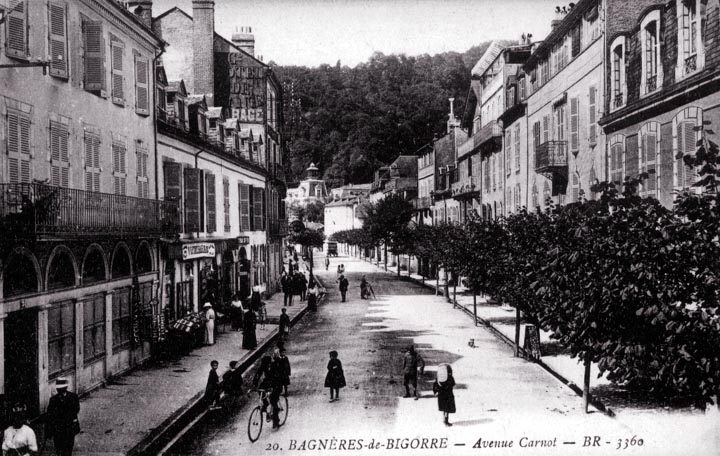
We close this chapter with a demi-boulevard. It calls itself an "avenue," and properly so. The asymmetric row of trees is characteristic of neither a boulevard nor an ordinary street. This scene gives us an unusual opportunity to compare a street planted with trees to one without. On the left, we see a city and can tell a great deal about its nature. On the right, we see a lovely row of immature trees (oddly, planted in the roadway). In 30 years, the trees will obscure most of the façades of the buildings. While the trees are attractive, wouldn't they really fit better in a park? I do believe that the interior courtyards should be planted with trees, and I certainly enjoy looking out my own bedroom window in Amsterdam during the summer, when the trees are in leaf. It is a beautiful and restful vision in the heart of the city. At the same time, the streets should be free of trees, so that they reveal the life and vigor of a real city. In practice, I think we'll have to settle for having some districts with trees planted on their streets and some without. There is no reason to impose uniformity on the design of a city; if we give each district its own character, the chance is good that every family will find a place it likes to call home. That is really what it's all about.
|
 Return to City Design Home
E-mail |